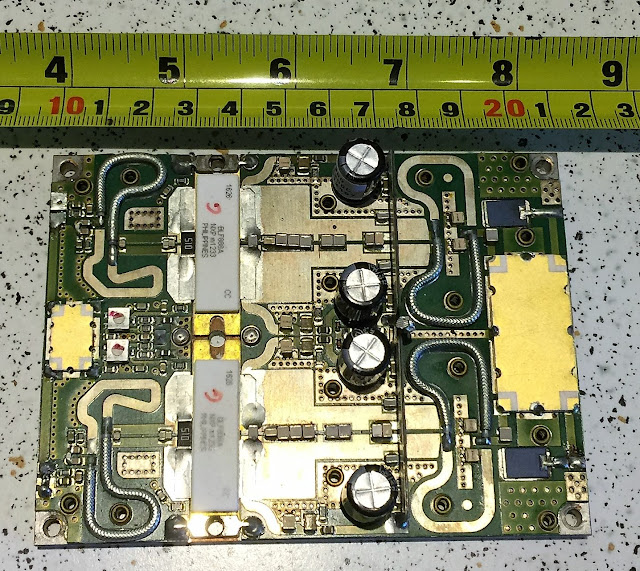LimeSDR running DATV Express DVB-S TX software

LimeSDR running DATV Express DVB-S TX software (1st draft) With the MiniTioune DVB-S RX, I have begun trying different TX using DATV Express software under Windows 10. The logical first hardware would be the DATV Express hardware TX, but having shifted rooms in the house, I have not been able to find; I know exactly where it was in the other room! The LimeSDR is a popular recent SDR dual duplex transceiver by Lime Microsystems using a new version of their own chip. Cost is about US$250, but they have just announced a mini version for about US$150. It replaces the popular BladeRF; I sold mine to by the new model. DATV Express TX software is available for the LimeSDR; https://discourse.myriadrf.org/t/windows-based-dvb-s-s2-t-transmitter-for-limesdr/1348 (https://wiki.myriadrf.org/LimeSDR-USB) . It worked well without any hitches on 23 cm, with both TX and RX running on the same computer. I am currently using my main PC, but will move it to my fast Dell laptop for project work. Wi...




